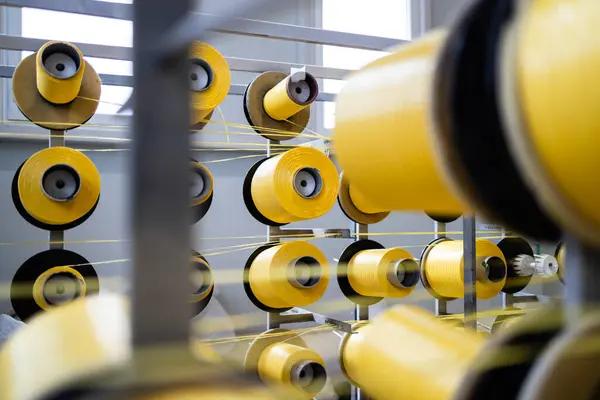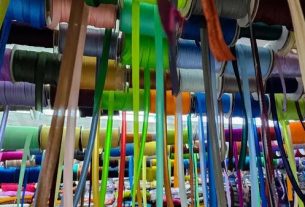Fast fashion, a term that has become increasingly popular in recent years, refers to an approach to the design, creation, and marketing of clothing fashions that emphasizes making fashion trends quickly and cheaply available to consumers. While fast fashion provides affordable clothing options for consumers and boosts profits for manufacturers, it publishername.com also contributes significantly to textile waste.
The impact of fast fashion on textile waste is enormous. According to the Environmental Protection Agency (EPA), 16 million tons of textile waste was generated in 2015 alone. A significant portion of this waste can be attributed directly to the rise of fast fashion. The rapid turnover rate of clothing items – with new styles being introduced every week or even every day – encourages consumers to continuously purchase new garments while discarding old ones at an alarming rate.
Moreover, the quality of these garments is often low due to the use of cheaper materials and quick production methods which results in clothes that wear out faster and thus tealightcups.com are disposed off more frequently. This cycle leads not only to increased consumption but also increased disposal rates – hence contributing significantly towards escalating levels of textile waste.
Another concerning issue tied with fast-fashion induced textile wastage is its environmental implications. Textile manufacturing involves water-intensive advectionusa.com processes and uses harmful chemicals which when discarded improperly can contaminate water bodies causing harm to aquatic life as well as humans citlalisphotography.com who rely on these resources. Furthermore, synthetic textiles like polyester take hundreds of years to decompose adding further strain on our already overburdened landfills.
Additionally, incineration used as a method for disposing off these textiles releases harmful pollutants such as dioxins and furans into the atmosphere contributing towards air pollution; while decomposition in landfill sites produces methane- a potent greenhouse gas known for exacerbating global warming issues.
However, it’s important not just lay blame solely on manufacturers; consumer behavior plays a crucial role too in this scenario. The ‘throwaway’ culture encouraged by fast fashion needs to be replaced with a more sustainable approach where consumers are educated about the environmental implications of their purchases fppradionews.com and encouraged goldenlipsofsilence.com to buy less, choose well and make it last.
In conclusion, while fast fashion has democratized access to trendy freetaklive.com clothing at affordable prices, its impact on textile waste is camkinks.com undeniable. The industry needs serious reform in terms of production processes and materials used. There should be a shift towards more sustainable practices like using recycled or organic materials, reducing water usage during manufacturing, and implementing take-back programs for old garments. More importantly though, there needs to be a change in consumer behavior towards a more conscious approach to fashion consumption. Only then can we hope to reduce the impact of fast fashion on textile waste.




